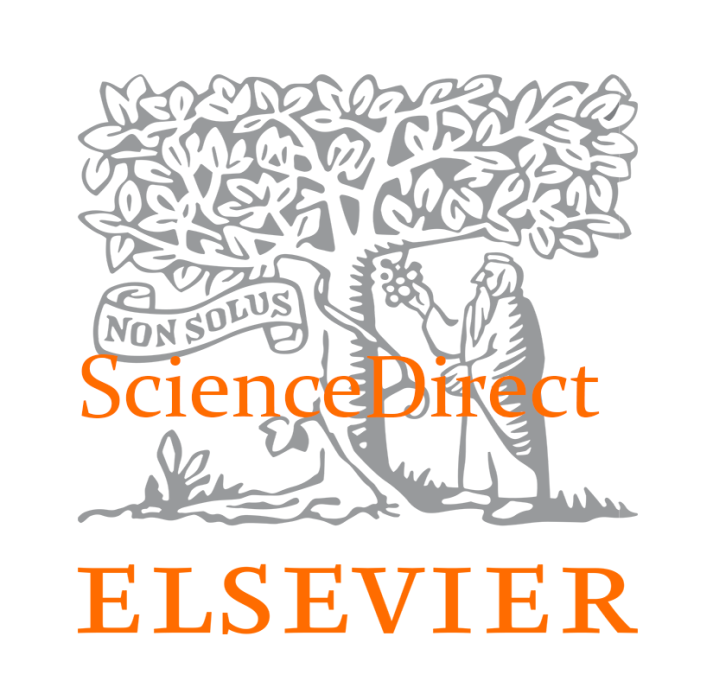Abstract
Children under the age of three are frequently removed from their home and placed in foster care, resulting in critical impediments to their development and well-being. These placements result in significant short and long-term economic costs. The Safe Babies Court Team TM (SBCT) intervention was created to provide an alternative to the traditional welfare system by serving the needs of parents and children with a multidisciplinary team led by a judge and child welfare leader trained in trauma-informed practice and infant mental health. The SBCT intervention has been implemented across states and counties within the United States to various extents: certain locations have only implemented partial elements of the intervention or have extended it to children up to five years of age. Many of the SBCT implementations have published reports which discuss the methods and outcomes seen in each court. This scoping review aims to comprehensively characterize the effects of SBCT, both child-centered and economic, across the different implementations. We summarize forty articles and reports that document outcomes for children, families, and courts served by SBCT sites across the United States. Overall, SBCT was shown to be promising for children and families who underwent the intervention through positive outcome comparisons. SBCT may have positive economic benefits by reducing labor costs and out-of-home payments in the short-term, though long-term studies are needed for more comprehensive conclusions.
1.Background
Infancy is a critical time of development. Children’s brains are developing rapidly in this time, and stable connections to caregivers and culture make lifelong impressions on the trajectory of a child’s life (Medicine & National Research Council, 2000). Nationally, there are more infants and toddlers in state care than any other age group. According to the most recent Adoption and Foster Care Analysis and Reporting System (AFCARS) report, 31% of all children in foster care in 2019 were ages 0–3 (Children’s Bureau, 2020). Very young children are not equipped to regulate traumatic reactions or protect themselves and can experience profound negative emotions and developmental changes (Peterson, 2018). Maltreatment and repeated stress affect brain development through changes in anatomical structure, activity, hormone regulation, and epigenetics (Child Welfare Information Gateway, 2015, McLaughlin et al., 2019, Teicher et al., 2016). These changes may manifest as persistent fear response, hyperarousal, increased internalizing, diminished executive functioning, delayed developmental milestones, weakened response to positive feedback, and difficulty in social situations (Child Welfare Information Gateway, 2015).
The impact of adversity faced in infancy persists far past childhood. Adverse childhood experiences (ACEs) such as child maltreatment, exposure to violence, and family dysfunction have a negative impact on long-term health, and ACEs are positively correlated with the risk of multiple health risk behaviors and diseases occurring in adulthood (Centers for Disease Control and Prevention, 2021). Children in foster care are more likely to experience ACEs than other children (Turney and Wildeman, 2017).
2.Methods: A scoping review
2.1. Search strategy
Ten databases were searched for peer-reviewed literature: Web of Science (SSCI), Social Services Abstracts, ProQuest Social Sciences, Social Science Research Network, HeinOnline, Nexis Uni, LegalTrac, PsychINFO, ProQuest Dissertations and Theses, and ERIC. Additionally, Google, Google Scholar, Zero to Three, Casey Family Programs, California Evidence-Based Clearinghouse, ABA Center on Children and the Law, National Center for Children in Poverty, IssueLab, ReadyNation, Crime Solutions, and 13 websites of implementing states and evaluation centers were searched for non-peer reviewed reports.
In consultation with experts in programs for children in state custody, final searches were highly targeted to the SBCT program itself through searching by implementation names, including historical predecessor programs. Given the limited literature on the topic and specific nature of the SBCT program, broader search concepts were not added. All searches included the implementation names below in title and abstract fields:
“safe babies court” OR “safe baby court” OR “safe baby courts” OR sbct OR “early childhood court” OR “best for babies” OR “cradles to crayons” OR “infant-toddler court” OR “infant toddler court” OR “Court Teams for Maltreated Infants and Toddlers” OR “healthy infant court” OR “infant team” OR “baby court” OR “Miami model” OR “miami childhood well-being model” OR “Milford court team”.

